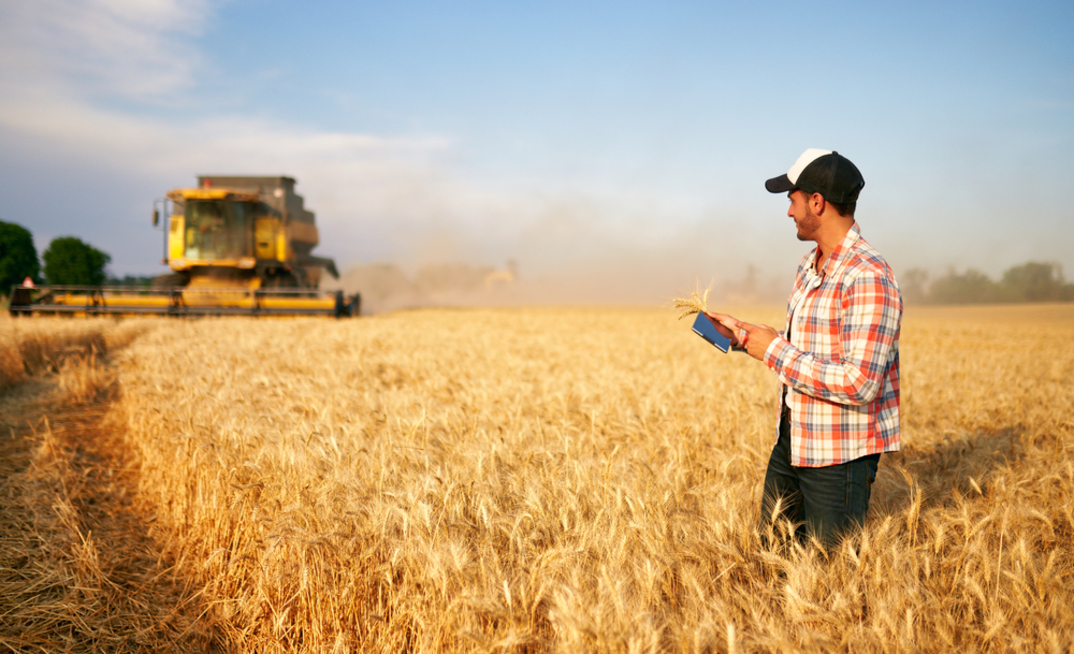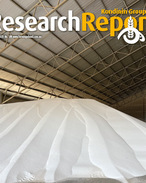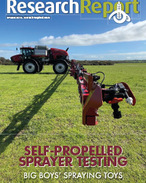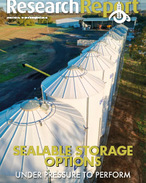CAREFULLY planning farm machinery investment is more critical than ever, given the variable supply and significant price rises over recent years. While every farm business is different, Kondinin Group engineer, Ben White, said benchmarks can help provide perspective.
While speaking on Wednesday at a Grains Research and Development Corporation (GRDC) Farm Business Update in Bruce Rock, Western Australia, White spoke about findings from research conducted in 2022 on machinery investment. Even though the study is few years old, he said the findings ratio can be relevant today, when applying peer-sourced figures.
As part of the GRDC project Kondinin Group researchers worked with farm business consultants from Farmanco, Pinion Advisory, Agripath, Primary Business and Cussons Media, to collate data from 480 farms across Australia.
The study aimed to gauge machinery investment levels relative to business turnover, accounting for all aspects of machinery ownership and operation.
YOU MIGHT ALSO LIKE
It found machinery investment levels are generally proportionate to cropping turnover, with ratios of seeding, spraying and harvesting machinery investments varying geographically.
White said repairs and maintenance, skilled labour inputs and contracting, relative to total cropping income, were other factors determining machinery plant investments.
Based on the analysis, the national average benchmark for total plant, labour, maintenance and contracting (TPLM+C) to total gross cropping income was calculated at 0.34.
DETAILED FINANCIAL FIGURES PROVIDE ACCURATE RESULTS
As part of the study, White said detailed financial figures and data from farmers nationally were probed to provide a detailed analysis.
"This was combined with case studies of 30 farmers spread nationally and representative of the spectrum of data collected," he said.
"Average cropping income by GRDC regions in Western Australia varied from around $1.4 million in the South, to $2.4 million in the West and around $1.6 million in the northern region."
White noted previous studies of machinery investment levels have not included farm labour, contracting, repairs and maintenance.
"Including these figures ensures the data is not skewed by investment in additional repairs and maintenance for older equipment, or additional skilled labour to operate lower cost and lower capacity equipment," he said.
"A standard depreciation rate -not to be confused with the taxation depreciation rate- of 10 per cent was applied across unless the fleet of equipment was very new or incorporated high levels of technology.
"While this can vary over the lifetime of the machine, across the thousands of machines in the survey data, this depreciation figure is around the average according to farm management consultants."
White said when making machinery investment decisions, farmers should evaluate financial impacts the investment will have.
"For technology investments, work on the return on capital for the technology. Section control and Green-On-Green technology is a good example of where technology can pay for itself depending on individual circumstances," he said.
For other equipment, maintain knowledge of current market values and utilise the known ratio of 0.34 investment to income to gauge if your farm is relatively undercapitalised or overcapitalised with farm machinery."
BENEFITS OF CONSIDERING NATIONAL MACHINERY INVESTMENT BENCHMARKS
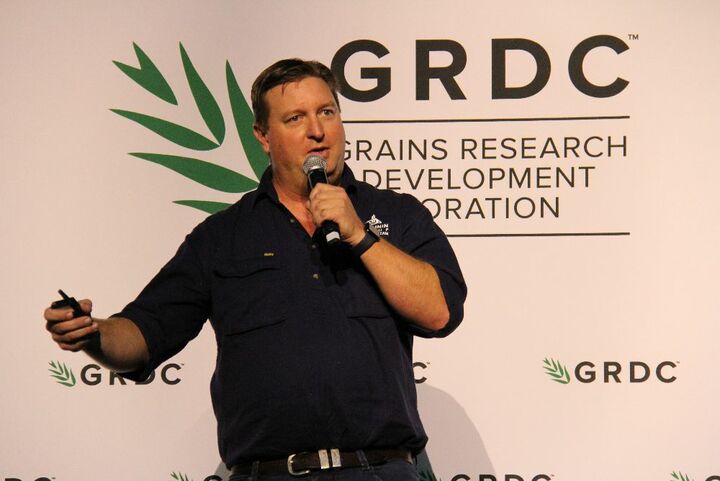
Machinery investment decisions are usually significant to a farm business, and not just due to the financial implications. White emphasised maintenance, service and backup costs, and human capital costs to the business, should also be taken into account.
"Comparing farm investments in machinery to other farms in the area can provide a perspective on relative machinery outlay and provide guidance for benchmark investment levels," he said.
"Reading case studies of the approach other farmers take can be useful in making decisions."
Additionally, he said by planning machinery purchases well and allowing for adequate lead times, farmers can ensure they have access to the equipment they need.
MORE INFORMATION
Read the Kondinin Group Research Report (January 2022) for more information about the study and how to make the best decisions surrounding machinery investments.
Case studies can be found in the GRDC booklet or via this link.


